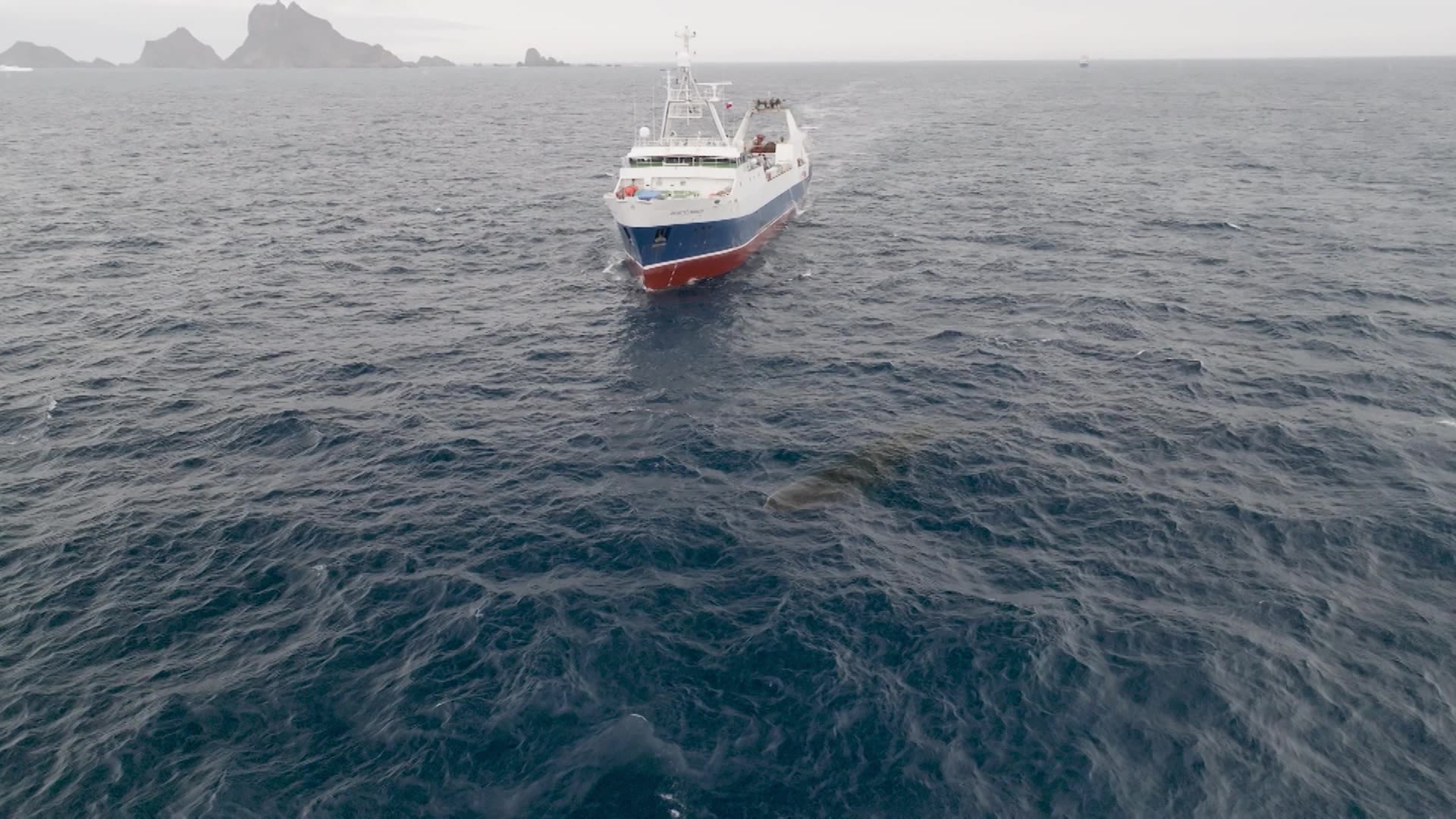
Factory fishing in Antarctica for krill targets the cornerstone of a fragile ecosystem
By JOSHUA GOODMAN and DAVID KEYTON
October 13, 2023
The Antarctic Endeavour glides across the water’s silky surface as dozens of fin whales spray rainbows from their blowholes into a fairy tale icescape of massive glaciers.
But as a patrol of environmentalists approaches the Chilean super trawler in an inflatable boat, the cruder realities of modern industrial fishing come into view.
From one of the ship’s drain holes, a steaming pink sludge cascades into the frigid waters of the Southern Ocean. It’s the foul-smelling runoff from processing the 80-meter (260-foot) factory ship’s valuable catch: Antarctic krill, a paper-clip-sized crustacean central to the region’s food web and, scientists say, an important buffer to global warming.
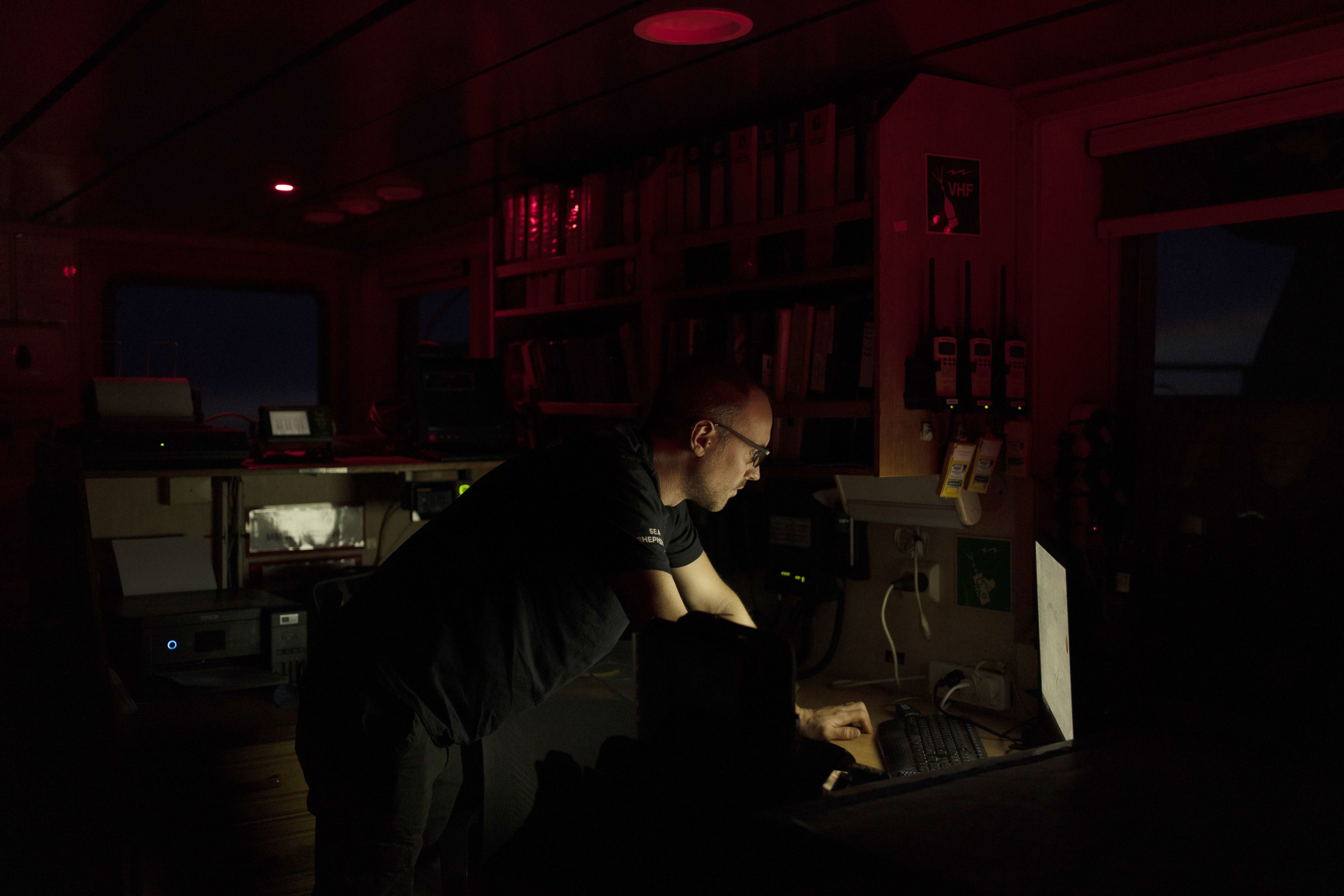
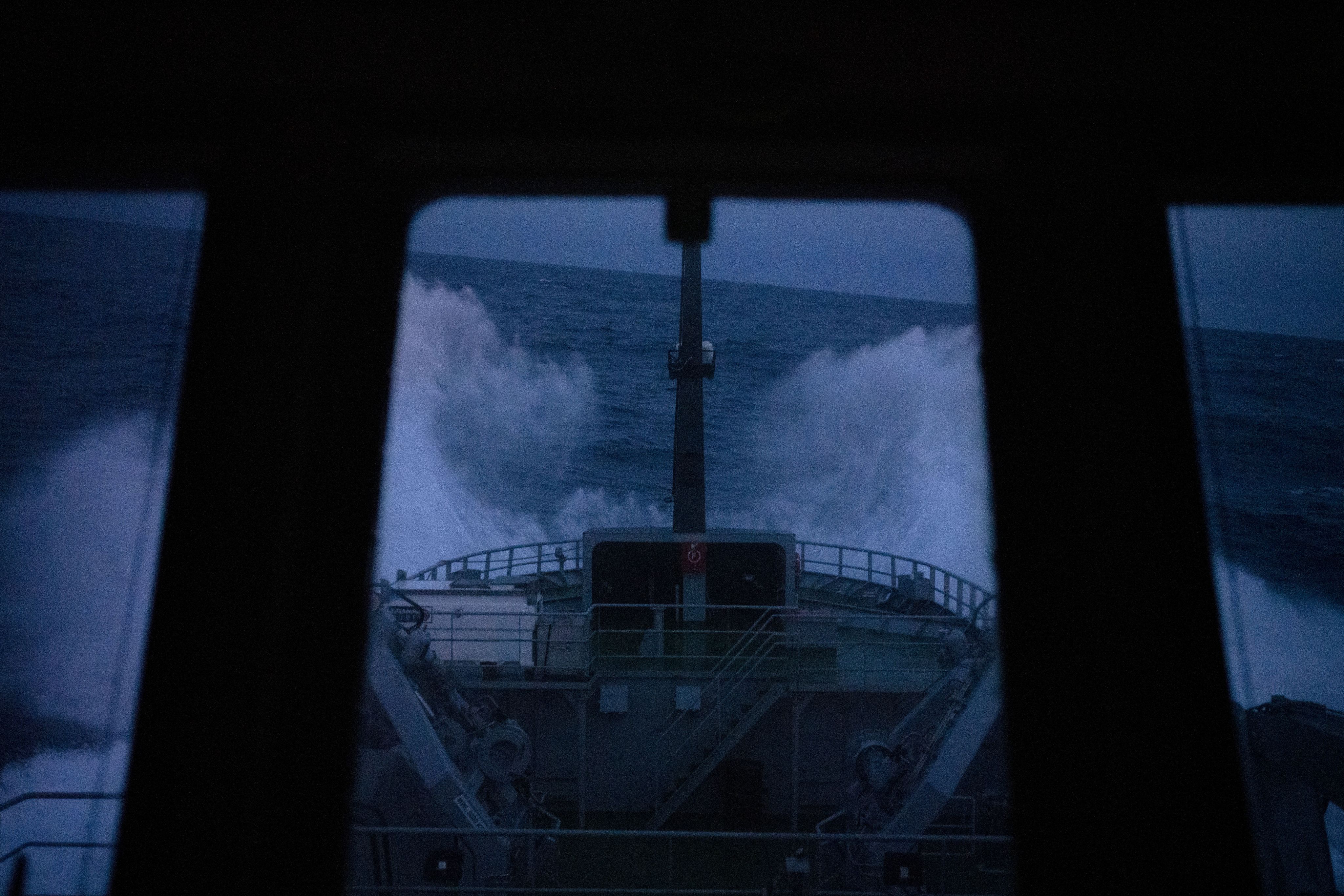

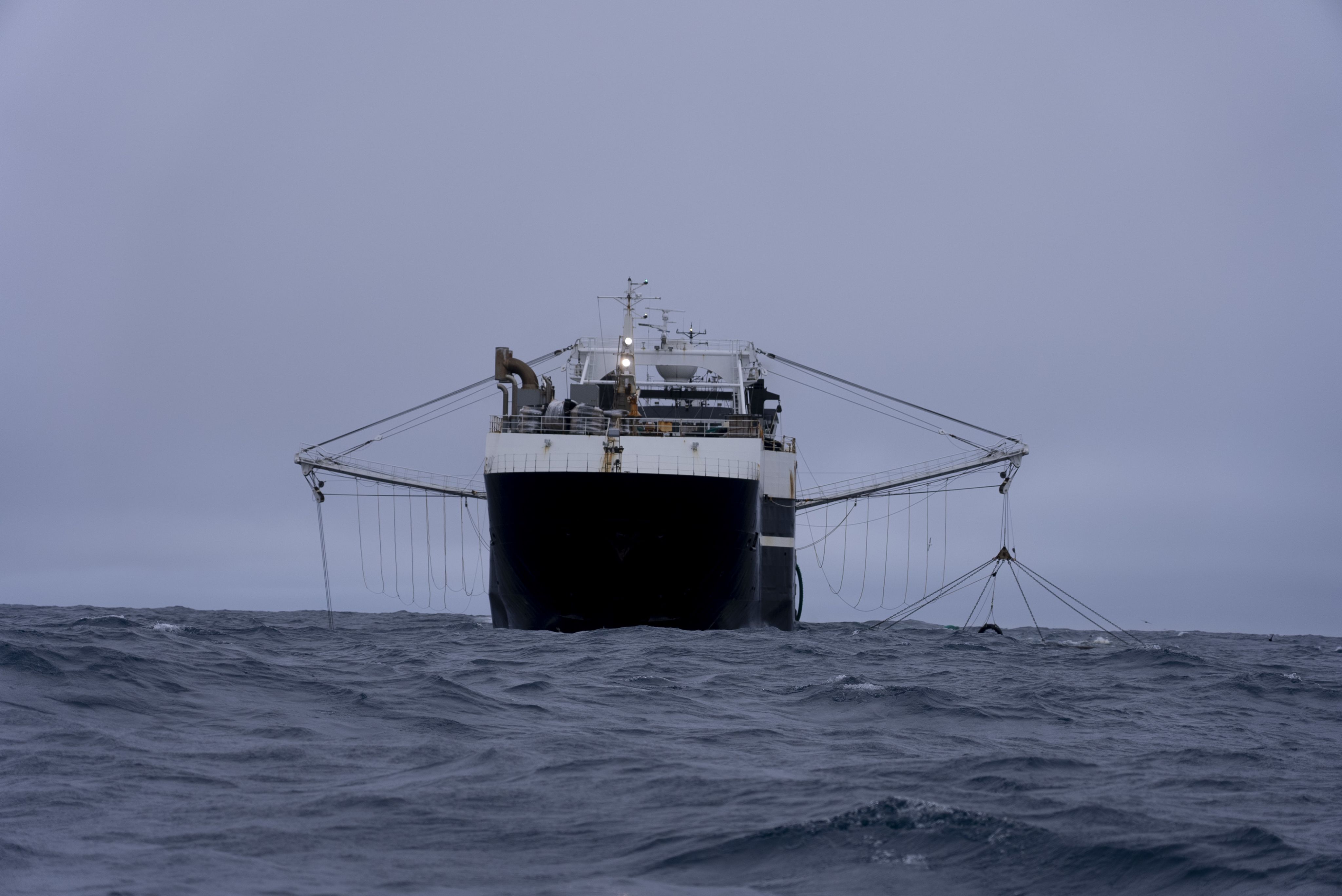
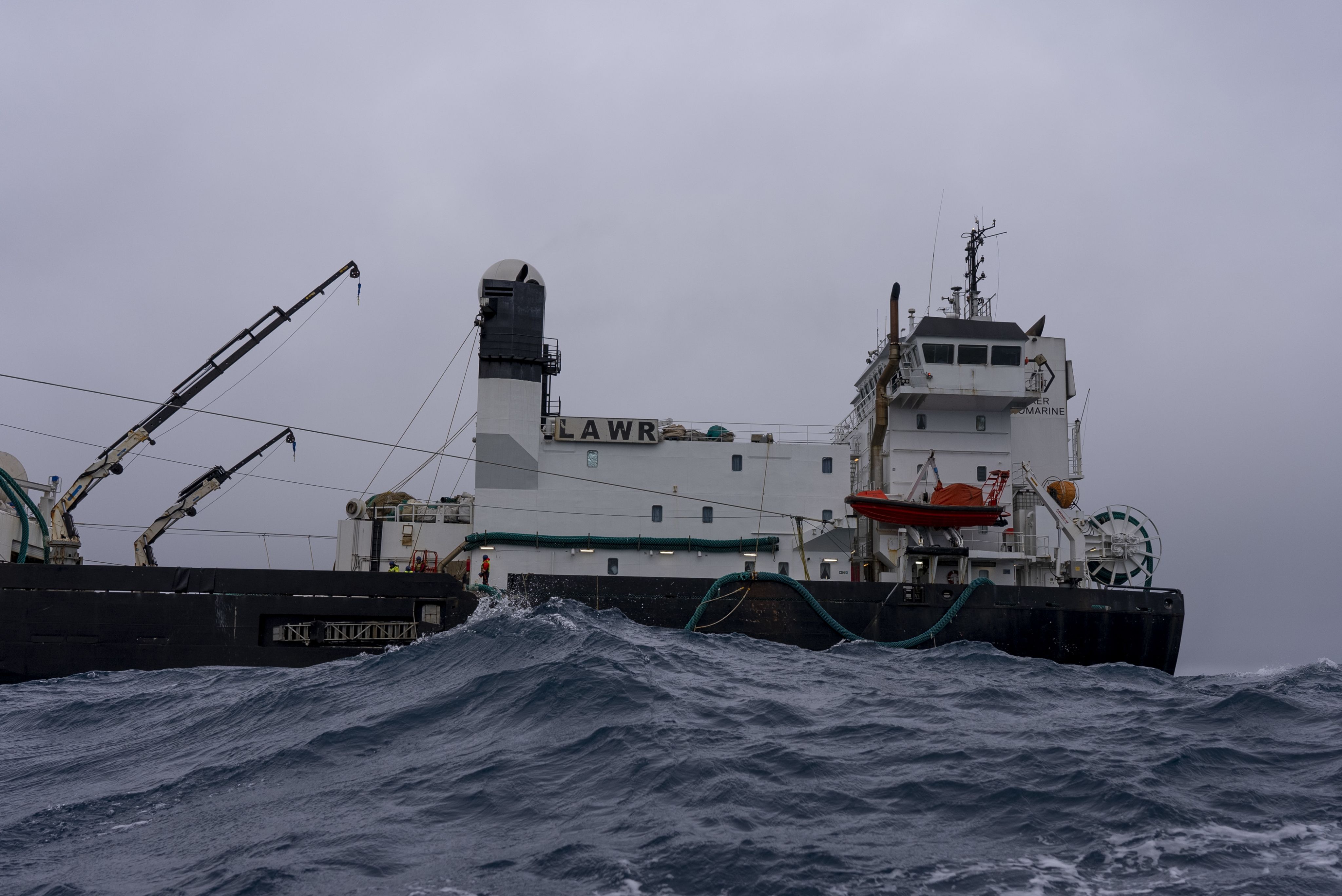

A Sea Shepherd Global communication officer works on the bridge of the Allankay in the Southern Ocean, on the night of March 3, 2023.(AP Photo/David Keyton)
A Sea Shepherd Global communication officer works on the bridge of the Allankay in the Southern Ocean, on the night of March 3, 2023.(AP Photo/David Keyton)

Sea Shepherd Global's Allankay breaks a wave as the ship sails through the Drake Passage in the Southern Ocean, on March 3, 2023.(AP Photo/David Keyton)
Sea Shepherd Global's Allankay breaks a wave as the ship sails through the Drake Passage in the Southern Ocean, on March 3, 2023.(AP Photo/David Keyton)

The captain of Sea Shepherd Global's Allankay works on the bridge of the ship on March 3, 2023.(AP Photo/David Keyton)
The captain of Sea Shepherd Global's Allankay works on the bridge of the ship on March 3, 2023.(AP Photo/David Keyton)

The Norwegian Aker BioMarine's Antarctic Sea trawls for krill in the Southern Ocean off the coast of the South Orkney Islands, north of the Antarctic Peninsula, on March 10, 2023. (AP Photo/David Keyton)
The Norwegian Aker BioMarine's Antarctic Sea trawls for krill in the Southern Ocean off the coast of the South Orkney Islands, north of the Antarctic Peninsula, on March 10, 2023. (AP Photo/David Keyton)

The Norwegian Aker BioMarine's Antarctic Sea fishes for krill in the Southern Ocean off the coast of the South Orkney Islands, north of the Antarctic Peninsula, on March 10, 2023. (AP Photo/David Keyton)
The Norwegian Aker BioMarine's Antarctic Sea fishes for krill in the Southern Ocean off the coast of the South Orkney Islands, north of the Antarctic Peninsula, on March 10, 2023. (AP Photo/David Keyton)
“What’s coming out of the side are the remnants of the ecosystem,” says Alistair Allan, an activist for Australia’s Bob Brown Foundation, as he looks on from the inflatable boat. “If this was off the coast of Alaska, it would be a national park. But since it’s down here at the bottom of the world, where no one is watching, you have ships almost running into whales feeding on the same things they’re fishing.”
While krill fishing is banned in U.S. waters due to concerns it could impact whales, seals and other animals that feed on the shrimp-like creatures, it’s been taking place for decades in Antarctica, where krill are most abundant. It started in the 1960s, when the Soviet Union launched an industrial fleet of trawlers in search of an untapped protein source that could be canned like sardines.
Surging demand for nutrient-rich krill — for feeding farm-raised fish, omega-3 pills, pet food and protein shakes — combined with advances in fishing and the still unknown impact from climate change has some scientists warning the fishery is at a critical juncture and in urgent need of stricter controls. But any further action is mired in geopolitical wrangling as Russia and China look to quickly expand the catch.
Two Associated Press journalists spent more than two weeks at sea in March, at the tail end of the Southern Hemisphere’s summer, aboard the Dutch-flagged Allankay, operated by the conservation group Sea Shepherd Global, to take a rare, up-close look at the world’s southernmost fishery.
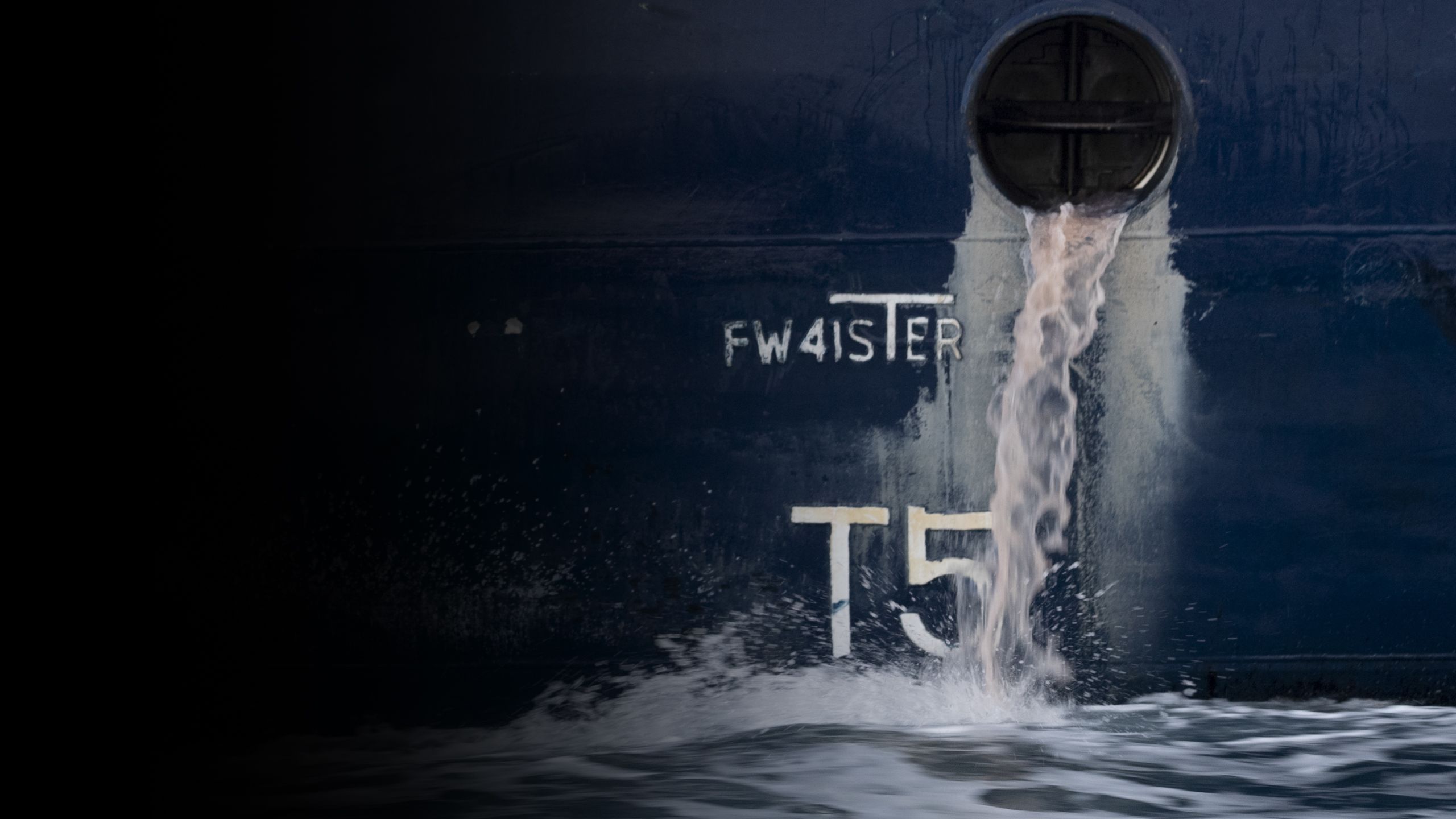
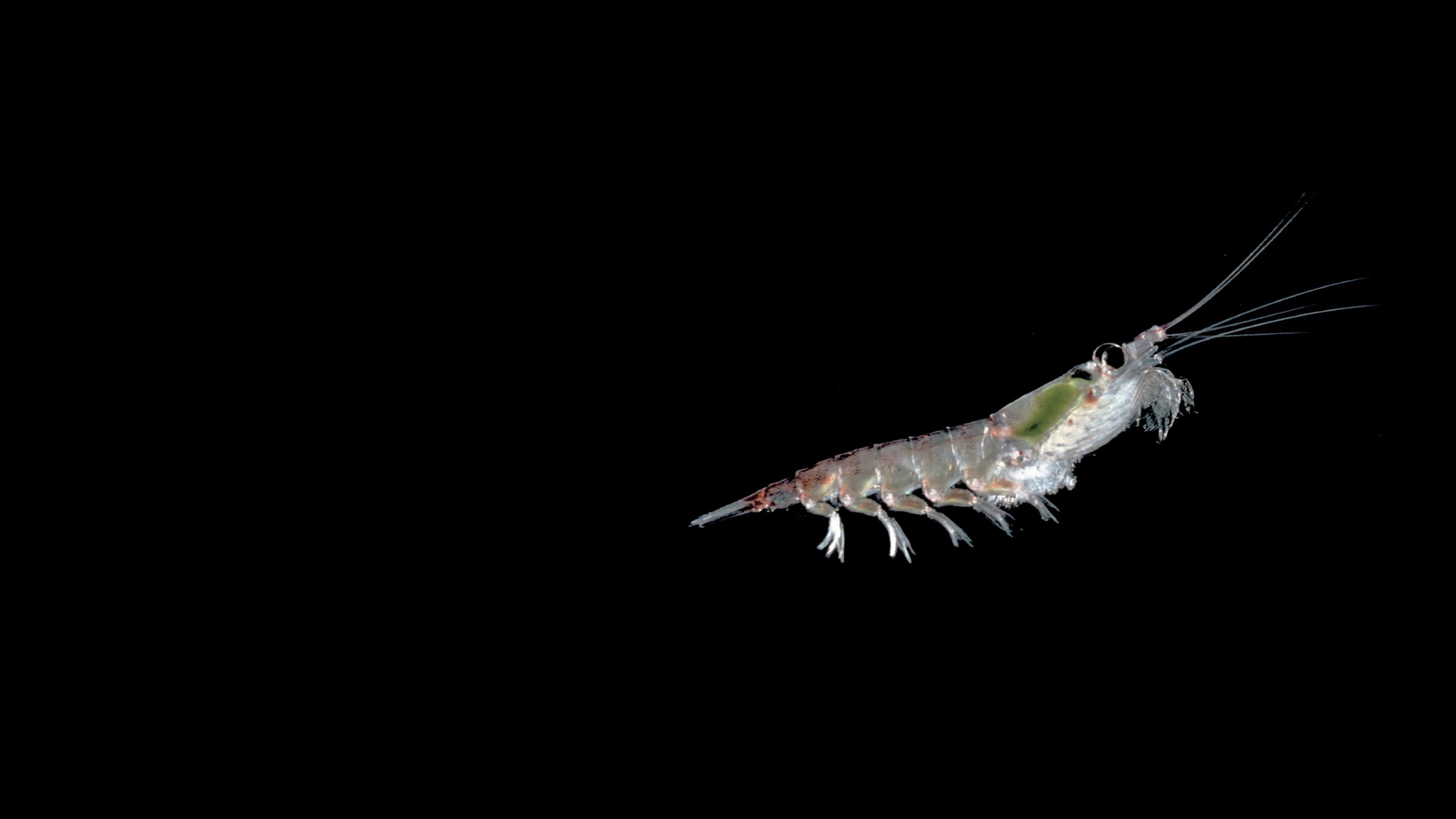
It’s a harvest that by its very nature operates at the extremes — hundreds of miles from any port.
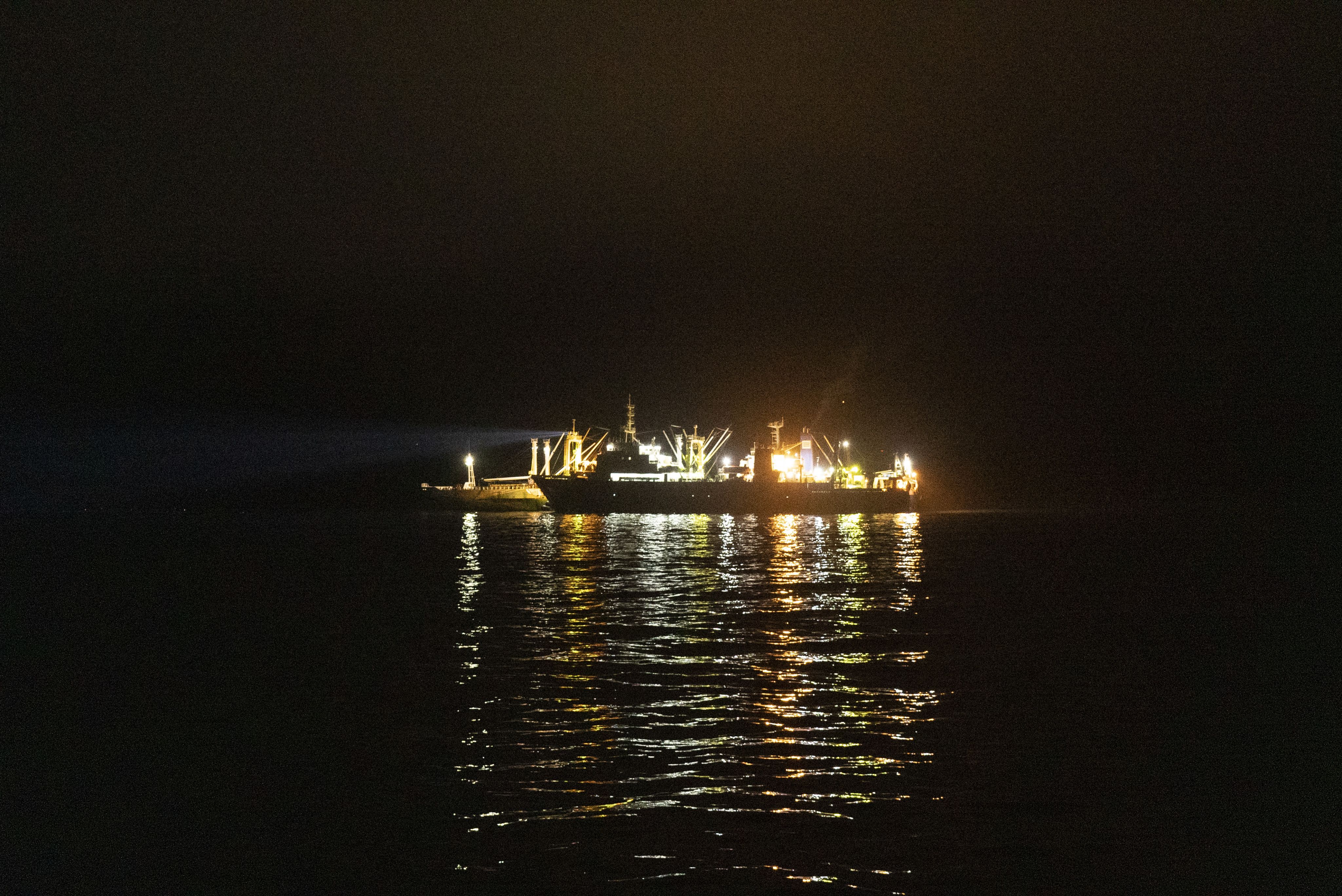
This story was supported by funding from the Walton Family Foundation. The AP is solely responsible for all content.
Starting every December, around 10 to 12 mostly Norwegian and Chinese vessels brave the rough seas whipping across the tip of South America to descend upon the South Orkney Islands, a desolate chain of rocky outcrops. From there, as temperatures warm, the fleet follows the massive swarms of krill toward the South Pole, fishing at the foundation of the fragile ecosystem’s food web.
Under a conservation agreement developed almost two decades ago, the krill catch has soared: from 104,728 metric tons in 2007 to 415,508 metric tons in 2022, as larger, more sophisticated vessels have joined the chase. Those levels were below internationally agreed conservation limits.
A U.S.-led coalition has been calling for more restrictions and marine reserves as krill’s vital role as food for other species and in removing large amounts of greenhouse gases from the atmosphere comes into focus. But it has met stiff opposition from China and Russia, which have made no secret of their geopolitical ambitions in the white continent.
Direct competition with marine mammals seems inevitable — a reality dramatically underscored when four juvenile humpback whales were entangled by a Norwegian krill boat in 2021 and 2022.
While the end of commercial whaling has allowed populations to rebound, a new study by the University of California, Santa Cruz found that pregnancy rates among humpback whales in Antarctica have been falling sharply — possibly due to a lack of krill, their main prey. Chinstrap penguins and fur seals face similar stresses.
THE BOUNTY BELOW
Jars of krill line the windowsills in Deborah Steinberg’s lab, their pink hue faded but their shells intact. Collected on a U.S. icebreaker, they fuel her research at the Virginia Institute of Marine Science. On a recent visit, a technician unscrews one of the jars, empties the formaldehyde and rinses the krill under running water, a dozen fitting in the palm of his hand.
Tiny but bountiful, Antarctic krill make up one of the planet’s largest biomasses, nourishing everything from fish to marine mammals and seabirds.
“All those iconic images we associate with Antarctica of whales, seals and penguins -- it’s a megafauna hotspot, and it’s because of krill,” Steinberg said.
Lesser known is krill’s important role fighting climate change.
Every year, krill remove as much as 23 megatons of carbon dioxide from the atmosphere, according to new research published by the World Wildlife Fund. That’s the equivalent of taking off the road 5 million cars every year.
The carbon cleansing starts with phytoplankton that absorb greenhouse gases burned by humans, says Emma Cavan, a biologist at Imperial College London who co-authored the report. Krill feed on the microscopic plants and then transport fertilizing nutrients to the ocean floor in the form of waste and their molting shells.
“Antarctic krill are worth more to nature and people left in the ocean than removed or lost through sea ice disappearance,” said Cavan, who recently submitted her estimates for peer review.
Krill aren’t just a bulwark against climate change — they’re victims, too.
At Steinberg’s lab, researchers are examining how warming oceans — Antarctic krill need water colder than 4 degrees Celsius (39 Fahrenheit) to survive — are altering krill’s life cycle. It’s a task made more urgent by a record loss in sea ice this year.
Already, in the northernmost stretches of Antarctica where fishing activity is concentrated, populations have declined as krill migrate toward cooler waters closer to the South Pole, according to Steinberg. Other scientists say further research is required, questioning whether there’s evidence for a shift poleward and, if there is one, the cause of it.
“There are surprises all the time,” Steinberg said. “And the fact that we are still learning about the effects of ocean warming on the population means we need to be very, very cautious.”
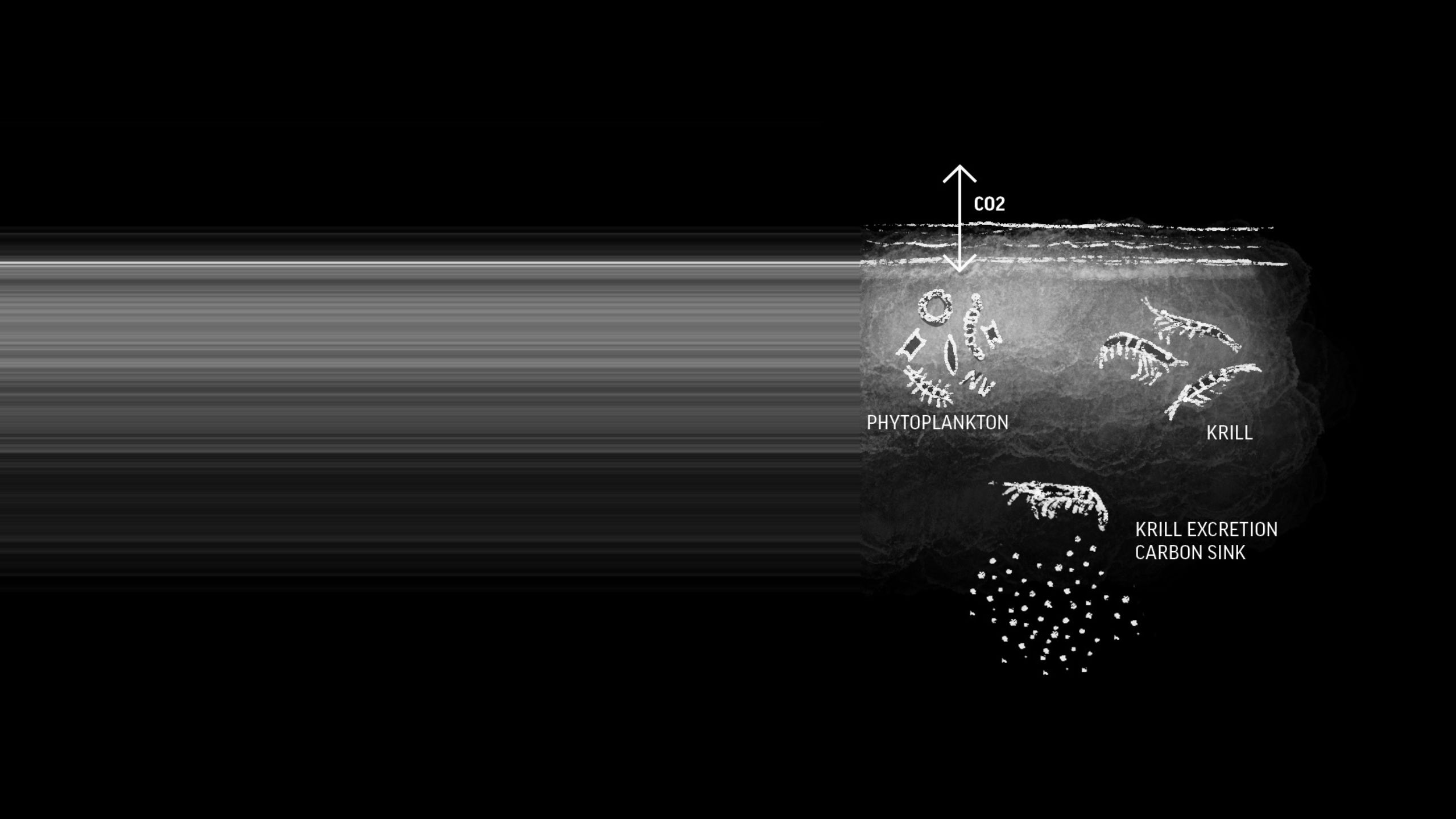
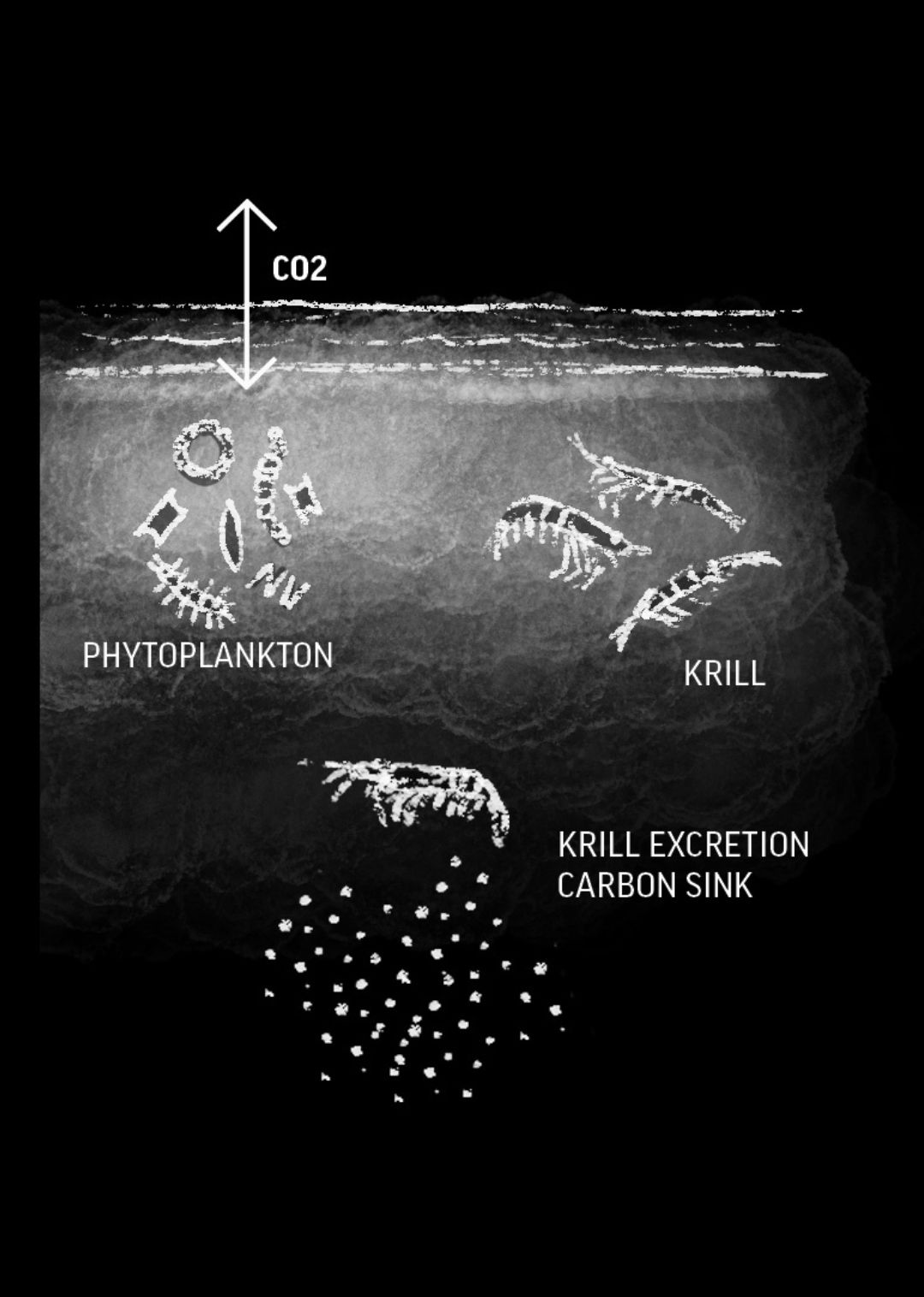
AP Illustration / Peter Hamlin
AP Illustration / Peter Hamlin
Lesser known is krill’s important role fighting climate change.
Every year, krill remove as much as 23 megatons of carbon dioxide from the atmosphere, according to new research published by the World Wildlife Fund. That’s the equivalent of taking off the road 5 million cars every year.
The carbon cleansing starts with phytoplankton that absorb greenhouse gases burned by humans, says Emma Cavan, a biologist at Imperial College London who co-authored the report. Krill feed on the microscopic plants and then transport fertilizing nutrients to the ocean floor in the form of waste and their molting shells.
“Antarctic krill are worth more to nature and people left in the ocean than removed or lost through sea ice disappearance,” said Cavan, who recently submitted her estimates for peer review.
Krill aren’t just a bulwark against climate change — they’re victims, too.
At Steinberg’s lab, researchers are examining how warming oceans — Antarctic krill need water colder than 4 degrees Celsius (39 Fahrenheit) to survive — are altering krill’s life cycle. It’s a task made more urgent by a record loss in sea ice this year.
Already, in the northernmost stretches of Antarctica where fishing activity is concentrated, populations have declined as krill migrate toward cooler waters closer to the South Pole, according to Steinberg. Other scientists say further research is required, questioning whether there’s evidence for a shift poleward and, if there is one, the cause of it.
“There are surprises all the time,” Steinberg said. “And the fact that we are still learning about the effects of ocean warming on the population means we need to be very, very cautious.”

REGULATING KRILL
Much of the fight over krill is taking place thousands of miles away from the fishing grounds, in a former 19th century boarding school on the Australian island of Tasmania. It’s there, in the headquarters of the Commission for the Conservation of Antarctic Marine Living Resources, or CCAMLR, that delegates from 27 member states are gathering this month to continue negotiations over a long overdue refresh of the krill management plan.
The organization, established by treaty in 1982, has emerged as a model for science-based cooperation on the high seas — lawless waters that comprise nearly half the planet.
But even some of the group’s boosters say it has failed to take into account the effects of climate change.
“CCAMLR’s mandate is conservation — it’s right there in the name,” said Claire Christian, executive director of the Antarctic and Southern Ocean Coalition, a Washington-based group that represents environmental organizations at CCAMLR proceedings. “It’s not to enable fishing.”
One reason for the stalling is geopolitical wrangling. At the organization’s last annual meeting, Russia and China blocked a proposal by the U.S. that would restrict potentially dangerous unloading of krill at sea to cargo vessels. Moscow and Beijing are also pushing to expand fishing more quickly and in June teamed up to sink a proposal for a Texas-sized reserve along the Antarctic Peninsula, an area teeming with wildlife and tourists.
The quarreling threatens to undermine conservation goals because all decisions must be unanimous. Currently, less than 5% of the Southern Ocean is protected — well behind CCAMLR’s target and not nearly enough to meet a United Nations goal to preserve 30% of the world’s oceans by 2030.
But with quotas likely to increase under any new management system some see a silver lining in the deadlock.
“The irony is that if certain members aren’t agreeing to the new framework, the catch limit won’t change,” said Dirk Welsford, an Australian government researcher who chairs CCAMLR’s scientific committee. “It would require a nation to go rogue.”
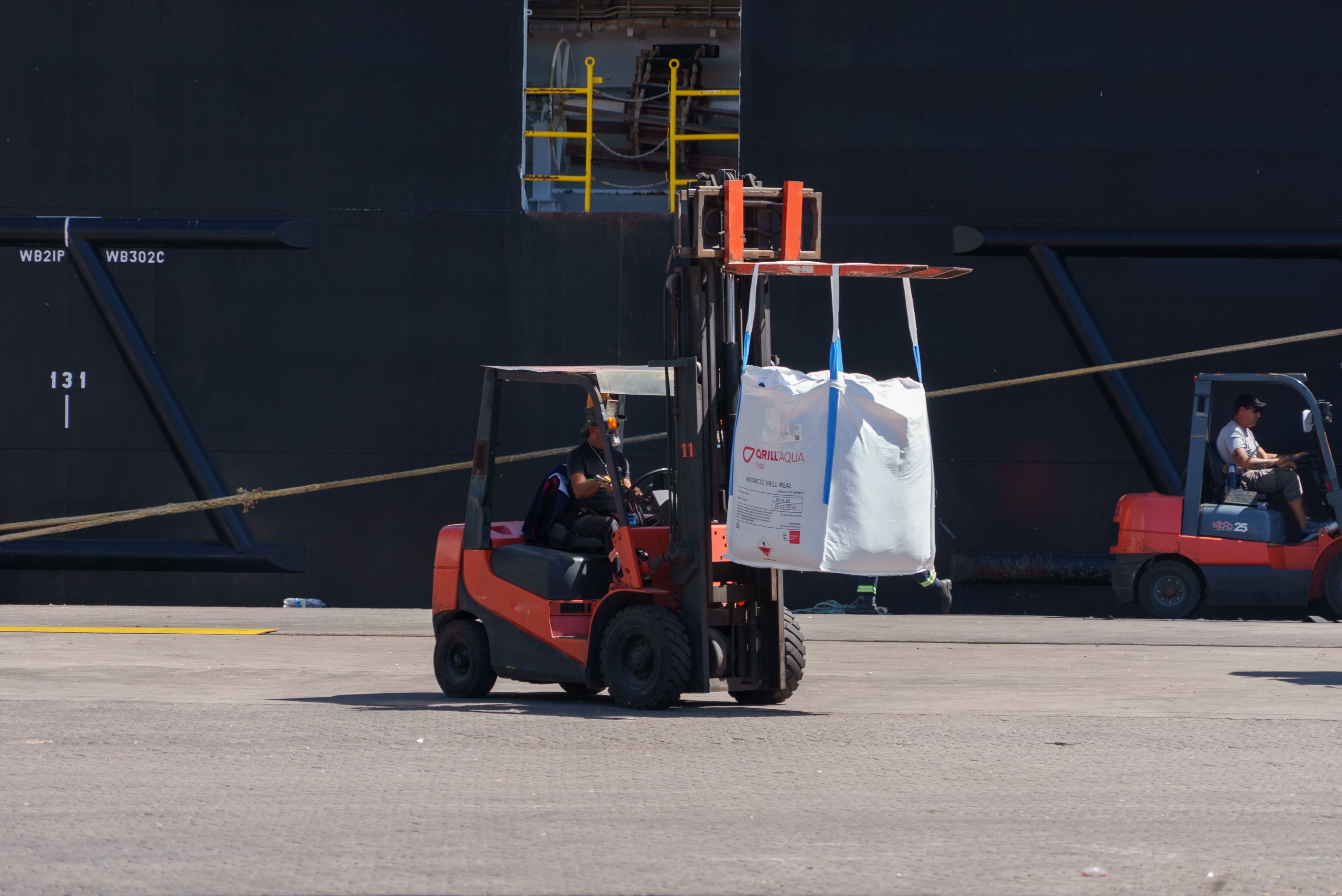


The Norwegian Aker BioMarine's Antarctic Provider krill fishing ship unloads large sacks of krill, at a port in Montevideo, Uruguay, on Feb. 21, 2023.(AP Photo/David Keyton)
The Norwegian Aker BioMarine's Antarctic Provider krill fishing ship unloads large sacks of krill, at a port in Montevideo, Uruguay, on Feb. 21, 2023.(AP Photo/David Keyton)

The Norwegian Aker BioMarine's Antarctic Provider krill fishing ship unloads large sacks of krill, at a port in Montevideo, Uruguay, on Feb. 21, 2023.(AP Photo/David Keyton)
The Norwegian Aker BioMarine's Antarctic Provider krill fishing ship unloads large sacks of krill, at a port in Montevideo, Uruguay, on Feb. 21, 2023.(AP Photo/David Keyton)
CRUDE TO KRILL OIL
The Antarctic Provider lords over the loading dock at the port of Montevideo, Uruguay, dwarfing semi-trucks and forklifts that race around the 168-meter (550-foot) cargo ship that gathers krill from vessels at sea. A crane springs from the ship’s hold dangling a dozen white sacks, each containing half a metric ton of Antarctic krill -- now labeled “Product of Norway.”
This is the first stop on krill’s journey from remote wilderness to international commodity. From this South American hub, shipments of whole dried krill spread across the globe — to feed processors and salmon farms in Europe, Canada and Australia, pet food manufacturers in China and a former ice cream factory in Houston which produces 80% of the world’s krill oil.
Dominating that supply chain is Aker BioMarine, a Norwegian company responsible for about 70% of the global krill catch by volume. It’s also driving innovation, having recently introduced continuous fishing with long, cylindrical nets attached to vacuums that have the capacity to suck up 1,200 metric tons of krill per day, although the company says its most advanced ship currently averages about 500 metric tons per day - the equivalent daily diet for about 150 humpback whales.
The company touts its environmental stewardship. Among other initiatives, it funds marine research, supports the creation of marine reserves and says it has reduced its carbon emissions by 50% in the last decade. It also boasts the industry’s top eco-label for sustainability.
But when it comes to fishing in Antarctica, emotions run high.
“Some people believe we shouldn’t fish at all, we should all be vegetarians, we shouldn’t be in Antarctica,” CEO Matts Johansen said in an interview near Oslo, Norway, arguing that krill is a sustainable source of protein for a growing global population. "There is no single solution."
Johansen said fears of an explosion in fishing are misplaced as the industry isn’t even catching all that’s allowed. He sees consolidation, not growth, in the industry because of the huge investments required.
“If you look at our numbers over the last 15 years, it’s not very good advertising,” Johansen said, noting that his company has been unprofitable.
Aker BioMarine’s financial wherewithal depends on another, cruder type of oil: Norway’s massive natural gas and petroleum exports.
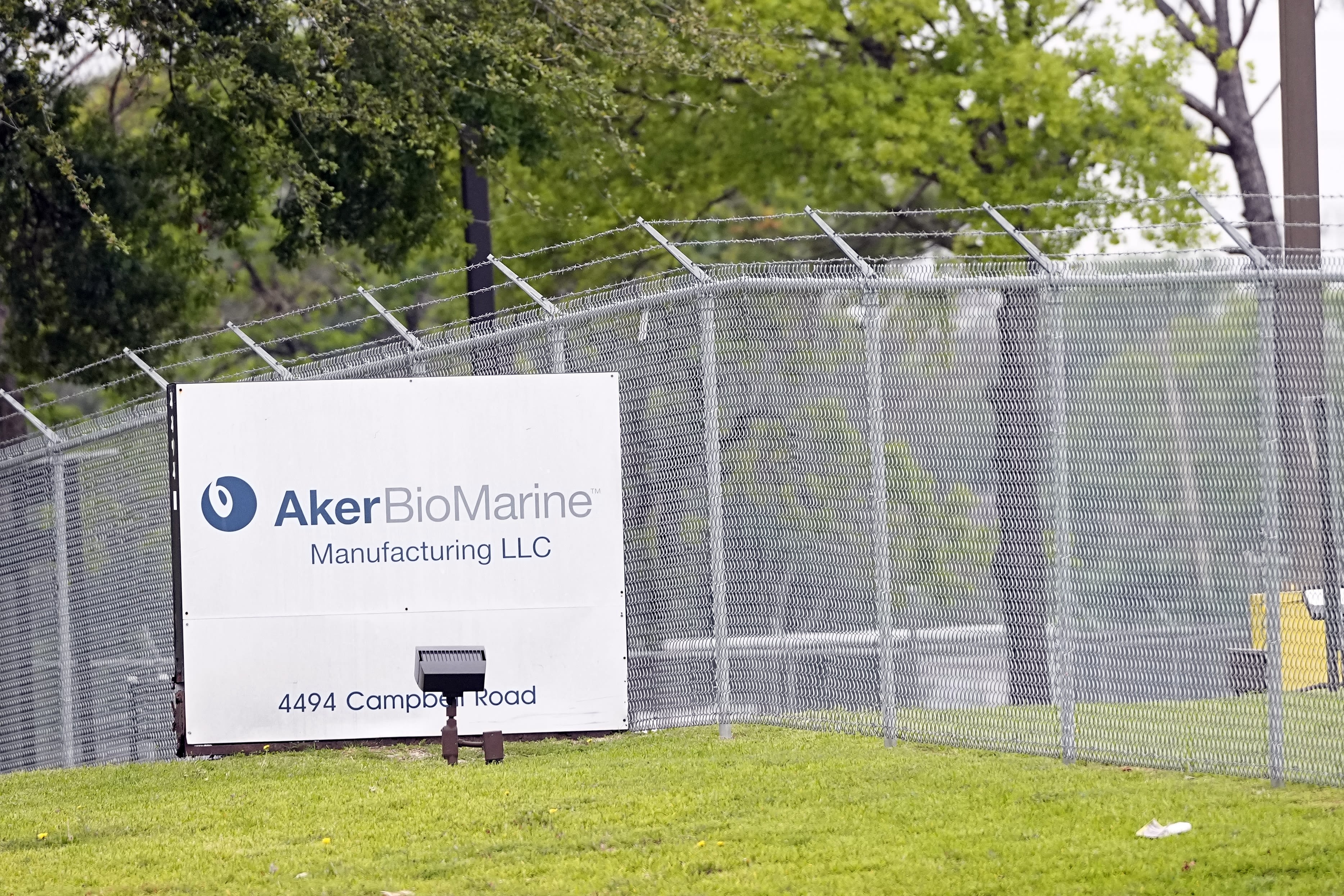
A sign stands in front of Aker BioMarine facilities in Houston on Wednesday, April 26, 2023.(AP Photo/David J. Phillip)
A sign stands in front of Aker BioMarine facilities in Houston on Wednesday, April 26, 2023.(AP Photo/David J. Phillip)

Aker BioMarine facilities in Houston are seen on Wednesday, April 26, 2023.(AP Photo/David J. Phillip)
Aker BioMarine facilities in Houston are seen on Wednesday, April 26, 2023.(AP Photo/David J. Phillip)
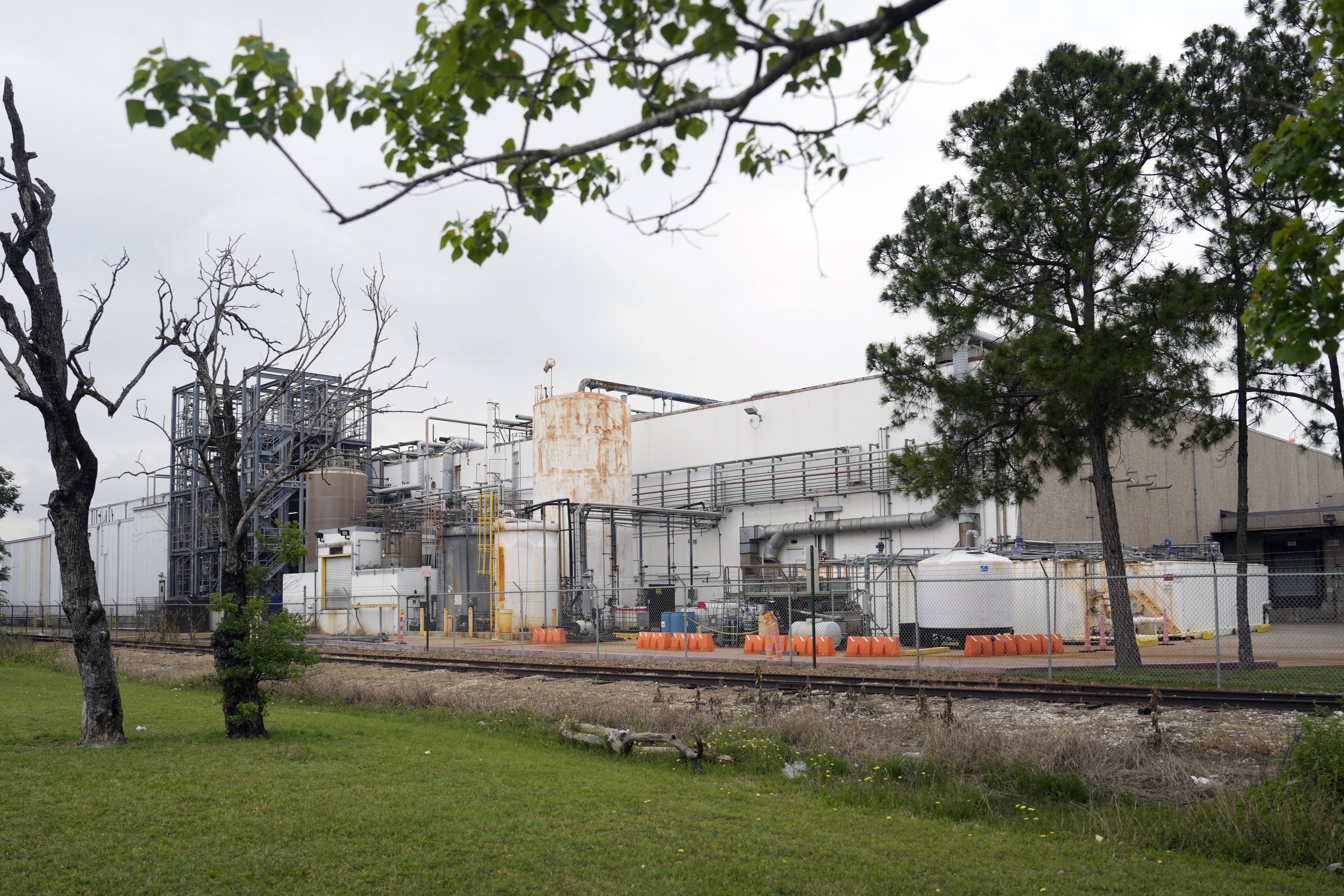
Aker BioMarine facilities in Houston are seen on Wednesday, April 26, 2023.(AP Photo/David J. Phillip)
Aker BioMarine facilities in Houston are seen on Wednesday, April 26, 2023.(AP Photo/David J. Phillip)
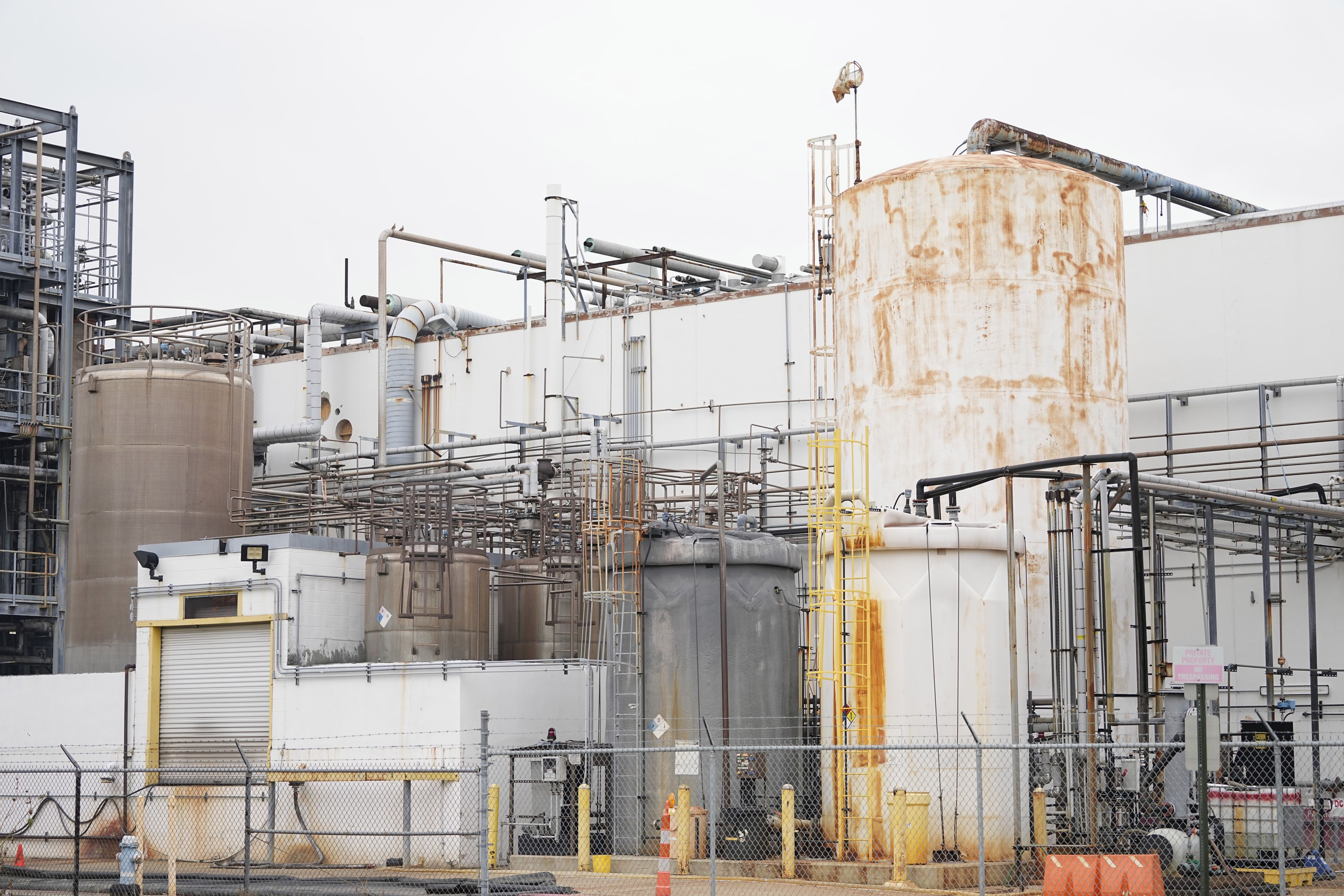
Aker BioMarine facilities in Houston are seen on Wednesday, April 26, 2023.(AP Photo/David J. Phillip)
Aker BioMarine facilities in Houston are seen on Wednesday, April 26, 2023.(AP Photo/David J. Phillip)
Seafood is only 3% of the asset value of Aker BioMarine’s parent, an industrial conglomerate, Aker ASA, that includes Norway’s largest privately controlled energy company.
But it’s a project dear to Aker BioMarine’s billionaire founder, Kjell Inge Røkke, who got his start in fishing in Alaska in the 1990s.
The bulk of Aker BioMarine’s harvest ends up in tiny pellets used in fish pens around the world. In addition to speeding up growth, krill contains astaxanthin, a pigment that gives salmon a pinker color.
“The fish love it,” said Brett Glencross, technical director of IFFO, a trade organization for the marine ingredients industry. “It’s like dipping your Brussels sprouts in chocolate to get kids to eat their vegetables.”
Fish farming is big business — about half of the world’s seafood is now farm raised as the oceans have been emptied of wild-caught fish.
Krill, while an expensive ingredient, can help ease rising pressure on wild fish stocks also used in aquaculture, like anchovies and sardines, said Jesse Trushenski, chief scientist at Boise, Idaho-based Riverence Farms, the U.S.’ largest trout producer.
“It’s important to have all the options on the table,” said Trushenski, whose company does not use krill.
“When I have an entire pantry to work with, there’s more flexibility.”
KRILL OIL PILLS
Beyond feeding seafood, Aker BioMarine’s big push is selling krill oil capsules, which were introduced in the early 2000s, amid growing interest in omega-3 fatty acid supplements and their purported role in promoting heart, brain and joint health.
It describes its mission of placing pills on the shelves of drug stores around the world with almost evangelical fervor.
“We’re in business to improve human and planetary health,” boasts a recent presentation for investors.
But the jury is out on how effective they are. And omega-3 supplements — krill or otherwise — haven’t been shown to reduce the risk of heart disease, according to the National Institutes of Health.
Johansen says studies show krill oil contains health benefits not found in traditional fish oil, including fat molecules that Aker BioMarine says make it easier to deliver omega-3 to the brain, heart and liver. It also contains choline, an essential nutrient for regulating memory and mood.
“Krill is packed with important nutrients so that we can stay healthy, live long and contribute to society,” said Johansen.
William Harris, a professor at the University of South Dakota who helped invent a test that measures fatty acids in red blood cells, said he’s “agnostic” about where people get their omega-3.
“Krill is fine. Fish oil is fine,” he said. In addition, he said many common foods, like eggs or mushrooms, are loaded in choline in orders of magnitude more than krill pills.
Krill also typically contains lower levels of omega-3s than fish, so more must be harvested to have the same fat content, according to GOED, a Salt Lake City, Utah-based group representing the omega-3 industry.
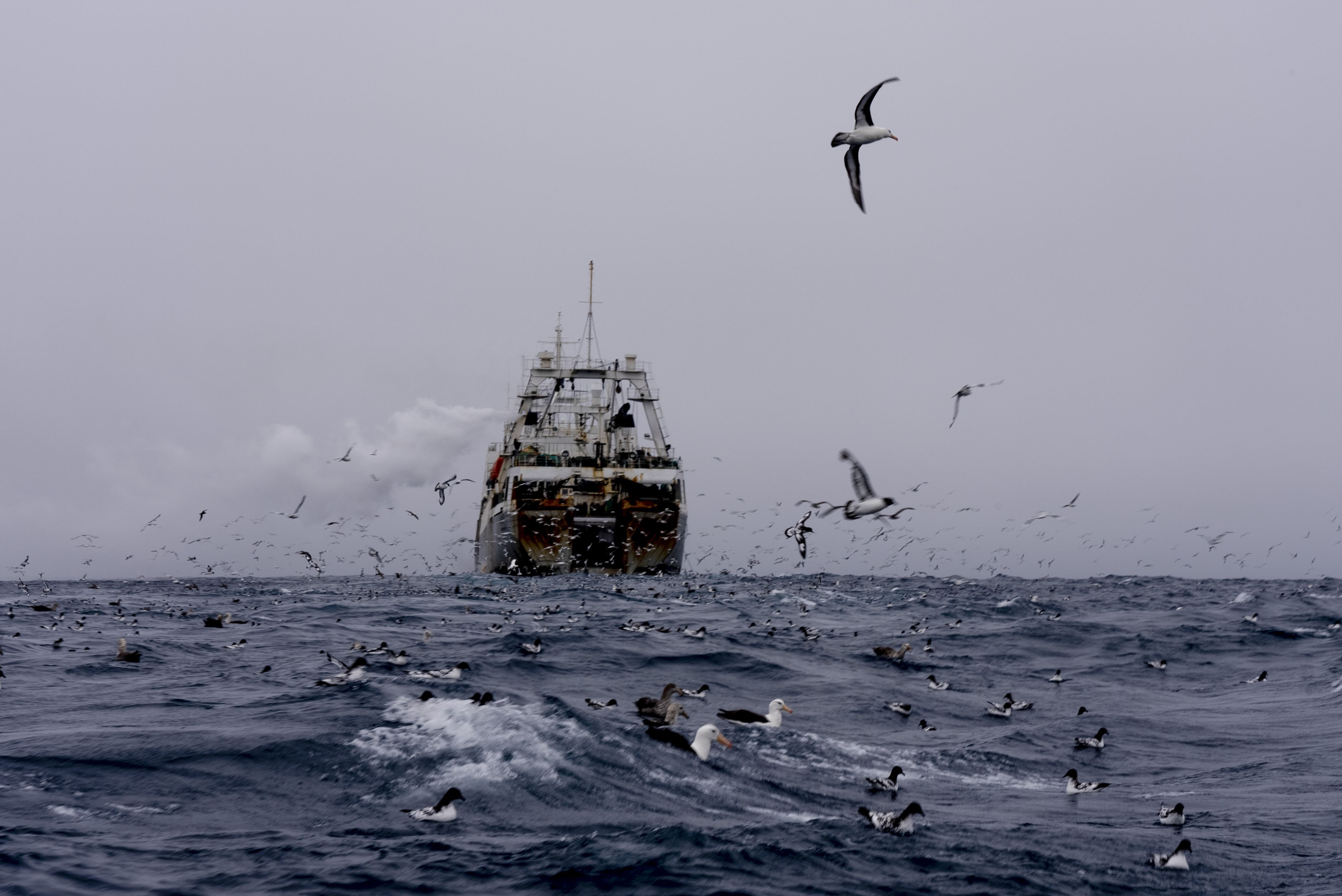
INDUSTRY CHANGES
Criticism of the krill fishery’s management and environmental toll has spurred some reform.
In the absence of more stringent regulation, the Association of Responsible Krill harvesting companies, whose members are responsible for 90% of the krill taken from Antarctica, adopted in 2018 a number of self-imposed restrictions.
They include the creation of no-take zones near the Antarctic Peninsula that overlap with penguin breeding colonies. The group has also agreed with calls from groups including the Pew Bertarelli Ocean Legacy Project to come up with stricter rules on at-sea transfers of catch between vessels and the study of climate change on krill.
Still, the group thinks quotas could be much higher.
It points out that currently less than 1% of the estimated 60 million metric tons of krill found in the main Antarctic fishing grounds — an area larger than the U.S. — is being caught. That leaves the remaining 99% for whales and other animals.
“If you look at those numbers, it’s clear we could fish more,” said Javier Arata, a Chilean trained biologist who heads the industry group.
However, a leading marine biologist the industry once relied on to burnish its environmental credentials has since denounced krill fishing.
Helena Herr, who studies whales at the University of Hamburg, was invited in 2021 by Arata's group to serve on an advisory panel. She accepted with the hope that she could help mitigate the effects of krill fishing on the Antarctic ecosystem.
She resigned after a year, disgusted by what she viewed as the industry’s narrow focus on the buffer zones.
“The more I learned about the voluntary commitment and its review process, the more I perceived the voluntary commitment as a ‘green-washing’ initiative,” she said in a resignation letter to her fellow panel members, a copy of which she provided the AP, using a term that refers to businesses making inaccurate claims that its actions are friendly to the environment.
Today, she believes that krill fishing should be banned.
“The buffer zones don’t decrease the overall fishing effort. They just relocate it,” she said in an interview. “People claim they know about biomass and the distribution of krill. But the data is based on such vague assumptions that we don’t really know what we’re doing.”
Others have similar doubts.
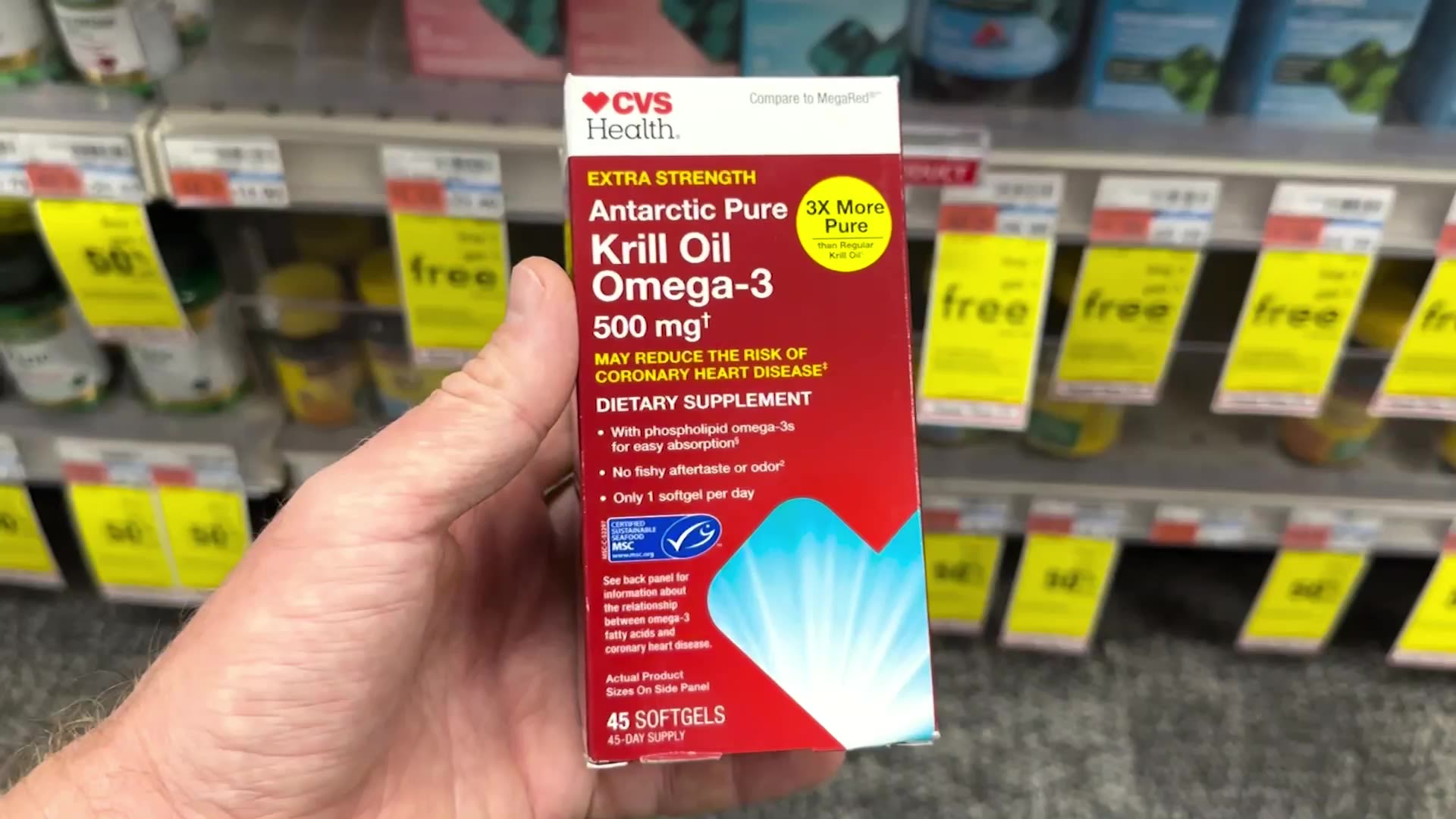
Whole Foods, the supermarket chain that prides itself on sustainable sourcing and is now owned by Amazon, pulled krill pills from its shelves in 2010 over concerns about the fishery’s environmental impact. And the World Wildlife Fund, which between 2007 and 2017 partnered with Aker BioMarine, lending its panda logo to promote the company’s products, has recently lodged concerns about the industry’s continued certification.
Aker BioMarine in a promotional video says the amount of bycatch — unwanted fish and marine species other than krill — that it unintentionally nets on one of its ships in an entire year would fit into a “small bucket.” However, data it reported to CCAMLR put that the amount of annual bycatch — although small compared to other trawl fisheries — in the order of several metric tons per ship.
When the AP pointed out this discrepancy to Johansen, he said that the claim appeared to be a mistake and the company would look into fixing its promotional material. “The key message that we’re trying to convey, and maybe it’s oversimplified in that picture of a bucket, is the bycatch in the krill fishery is extremely low,” he said.
The stakes are high.
In 2021, three juvenile humpback whales became entangled in a net used by Aker BioMarine’s Antarctic Sea within the span of two months.
Following these incidents — the first whale deaths reported by a Norwegian krill ship — Aker BioMarine reinforced a rope barrier to repel large mammals. However, despite this modification, a fourth whale entanglement occurred on the same vessel the next season.
In addition, every year, across the industry, dozens of seabirds collide with the trawlers’ metal cables, sometimes suffering deadly injuries.
“The marine foragers are there for the same reason the boats are: because there’s lots of krill,” said Ari Friedlaender, a University of California, Santa Cruz biologist who has spent 25 years researching whales in Antarctica. “Some level of conflict is inevitable.”
Friedlaender was among 17 authors of a recent study concluding that competition for krill and shrinking sea ice are threats to the reproductive rates of humpback whales. The peer-reviewed research, based on a measure of hormones in the blubber of female whales, found that pregnancies rise and fall sharply based on krill availability.
The burning of dirty fossil fuels to fish in such remote waters also carries a heavy carbon footprint. Producing a single metric ton of krill emits an average 3,800 kilograms (8,400 pounds) of carbon dioxide, according to the Virginia-based Global Feed LCA Institute, an industry-led initiative that tracks the environmental costs of hundreds of feed ingredients. That’s more than six times the pollution associated with fishing for Peruvian anchovy, a popular ingredient for fish feed.
Johansen downplayed such comparisons, saying Aker BioMarine’s own carbon footprint is much lower than the industry average and falling fast thanks to innovations in its engines. By 2050 it aims to eliminate the burning of fossil fuels altogether and power its fleet with hydrogen-based fuels currently in development.
“We are going to be one of those first companies that use that,” he pledged.
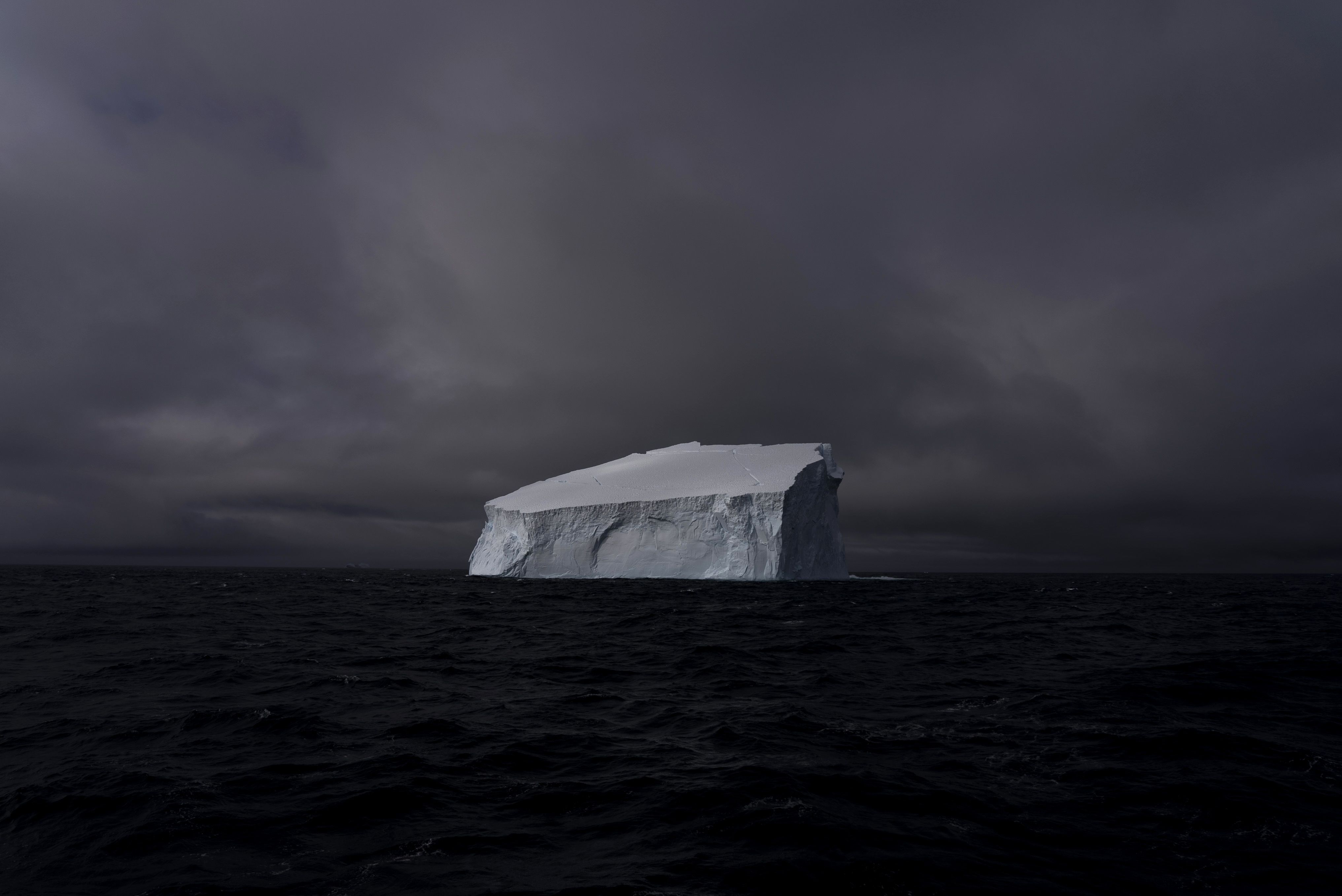
SUSTAINABILITY
With an approaching storm threatening hurricane-force winds, the Allankay abandons the krill fleet and finds shelter in a quiet cove protected by the craggy rim of a still active underwater volcano.
A stone’s throw from a few lounging sea lions, rusting storage tanks, boilers and beached harpoon boats lay testament to Deception Island’s past as a Norwegian whaling station. Here, between 1911 and 1931, were culled some of the 3 million whales killed last century as part of a mass slaughter that nearly drove them to extinction.
A century later, its blanket of blubber no longer lighting up the world, whaling has all but ended and many once endangered species are thriving.
Capt. Peter Hammarstedt, the campaign director for Sea Shepherd Global, sees an infinitely more complex threat hanging over the still recovering ecosystem – one as unassuming as krill-fed farmed salmon or health supplements on supermarket shelves.
“Most people know sustainability when they see it,” says Hammarstedt, “and it does not look like a fleet of ships traveling thousands of miles, to the bottom of the world, to take out the very building block of life in the Antarctic ecosystem for products we simply do not need.”
--
Keyton reported from off Antarctica and in Montevideo, Uruguay, and Ski, Norway; JoNel Aleccia in Los Angeles and Helen Wieffering and Fu Ting in Washington, D.C., contributed to this report.
__
Contact AP’s global investigative team at Investigative@ap.org or https://www.ap.org/tips/
